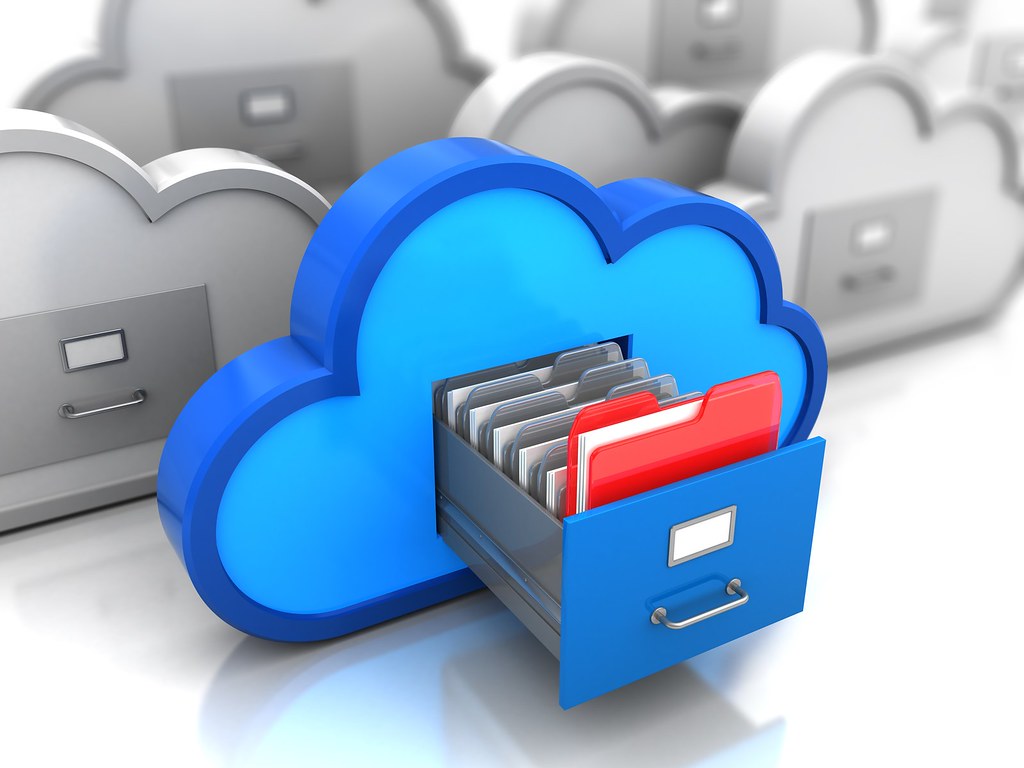
To help companies on their data backup and restoration journey, I’ve prepared a list of recommendations that may be helpful for those just getting started with data backup and recovery. I also included some practical solutions for those who currently have data backup strategies in place.
#1. Create a schedule for your backup activity
A backup operation needs a daily schedule to be successful. There are other essential and strategic duties on a weekly, monthly, quarterly, and yearly basis. The whole lifespan should be planned out as a policy and carried out on time.
#2. Examine backup logs regularly
You can’t simply close your eyes and trust that your copies will function on their own. Daily backup reports should be analyzed, either physically or via a tracking & alerting system.
It’s also critical to handle any backup problems regularly since what seems to be a minor problem may quickly turn into a catastrophe.
#3. Make sure you double-check your backups
After a backup is complete, most backup systems will validate it, but this isn’t a guarantee of backup recovery. Schedule and perform restoration tests regularly to verify that you can recover data and whole systems in the event of a disaster.
#4. Have a disaster recovery strategy in place
It’s one thing to have backups that run smoothly every night, but you must realize that backups alone do not constitute a disaster recovery strategy. Any company, regardless of size, must identify and evaluate business risks.
They must also record and explain what they will do in the event of a catastrophe in their area. When creating a disaster recovery or business continuity strategy, it’s equally essential to look outside IT.
What if a major backup supplier is unable to deliver essential components to your facility? What happens if a critical employee has a long-term illness? Assess all risks, accept them, and implement appropriate measures to minimize them.
#5. Test your ability to recover quickly
You must know how long it takes to restore critical systems as well as your whole environment. How long will your company be able to operate without access to a particular system or data? Is this weighed against the time required to reactivate a system?
#6. It’s not simply about having a backup plan
Backup is just one part of a data security plan; replication, snapshots, and high-availability solutions are essential. Backup is usually the last resort method for data backup recovery, owing to the length of time it may take to restore activities from a backup.
To safeguard yourself in a catastrophe situation, utilize Disaster Recovery as a Service (DRaaS) or a comparable high-availability solution for business continuity, such as replicating your critical systems to a second office or into the cloud. This may enable you to be up and running in minutes or seconds rather than days.
#7. Backups should be encrypted
If you’re going to transmit your backups offshore in any manner, be sure they’re encrypted. If you don’t, a third party may easily retrieve all of your applications and networks if they find your backup discs or get access to an online system.
#8. Make sure that your system is scalable
Most major suppliers, in general, will enable you to grow and switch between various configurations and technologies. You may also need to examine the scaling expenses: keep in mind that data grows quickly, and backup storage methods and media types may be costly.
Make sure you know what your long-term expenses will be. You may have to spend money today but save money in the long run.
#9. Be aware of your data’s location
You should think about where all of the data is stored. How will you back up data stored on your employees’ laptops and other mobile devices?
Is it safe and well-managed? Can you return it in a reasonable amount of time?
#10. Think about where you’ll keep your data backups
Data backups are usually stored on tape, disk, or at a distant place (typically cloud-based). It’s all well to keep all of your data in the cloud or at a remote location, but how long will it take you to retrieve all of that backup data back to the place when you need it?
Businesses should consider investing in advanced IT consulting in Baltimore to develop strategies that balance cloud and local backups. Typically, a hybrid approach works well, in which a certain amount of current backup data is locally duplicated to allow for quick restoration if necessary.
Final Thoughts
Beyond these considerations, I’d always emphasize the importance of comprehending the consequences to your company if you lose data or system access for an extended length of time.
Is it possible to lose a day’s worth of data? Is it possible to lose a week’s worth of money? What would you do if you couldn’t access a system for an hour, a day, or a week?
You’ll be able to control risk against a budget if you can evaluate the expenses of various loss situations.
Business Data Backup & Recovery image by pcparamediccharlotte on Flickr.
Thank you for sharing helpful tips. Very informative article.